Nationwide Inventory of Intangible Cultural Heritage
Modern Dance - Styles and Ways of Imparting Rhythm and Free Dance Movement
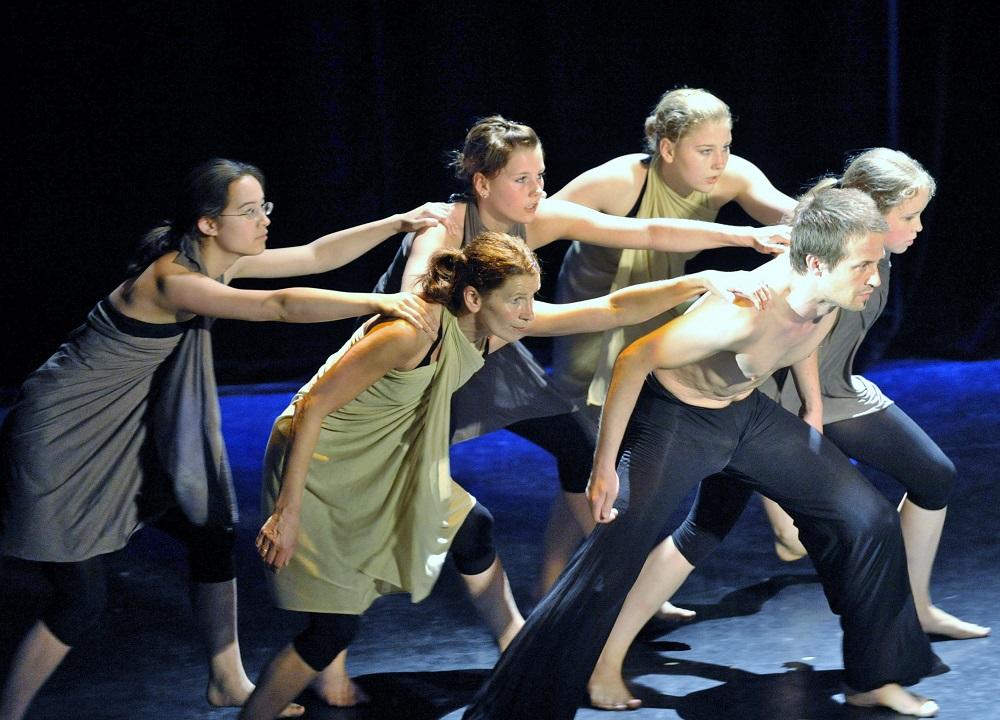
Modern Dance comprises the modern dance styles and formation traditions of rhythm and free dance movement that emerged in German-speaking countries at the beginning of the 20th century and are still alive today.
Facts & figures
Crucial date: all seasons
Inscription: 2014
Domains: performing arts
Where to find: nationwide (also abroad)
Contacts
Gesellschaft für Tanzforschung e.V.
Dr. Claudia Fleischle-Braun (Coordination)
@email
www.gtf-tanzforschung.de
ARC Deutschland der Internationalen Gesellschaft Rosalia Chladek e.V.
Eva Lajko
@email
rosalia-chladek.com
Elementarer Tanz e.V.
Krystyna Obermaier
@email
www.elementarertanz.de
In the Weimar Republic dance protagonists such as Rosalia Chladek, Rudolf von Laban, Mary Wigman, Gret Palucca, Maja Lex and Kurt Jooss created different aesthetic styles and ways of the modern, free and expressive dance. Inspired by the “Lebensreform” Movement and the discourses of the artistic avant-garde they searched for new forms to express the body. The Modern Dance they created distinguishes itself from the conventional classic stage dances. Their innovative artistic and choreographic approaches and teaching methods shaped the modern stage dance and dance education. Even though the Free Dance Movements differentiated into different directions, the teaching of the different styles of dance and body practices still include the same characteristics and principles as well as identical educational and working methods.
Contacts
EUROLAB - Europäischer Verband für Laban/Bartenieff-Bewegungsstudien e.V.
Silvia Dietrich
@email
www.laban-eurolab.org
Folkwang Universität der Künste
Institut für Zeitgenössischen Tanz (FB 3)
@email
www.folkwang-uni.de/home/tanz/izt/
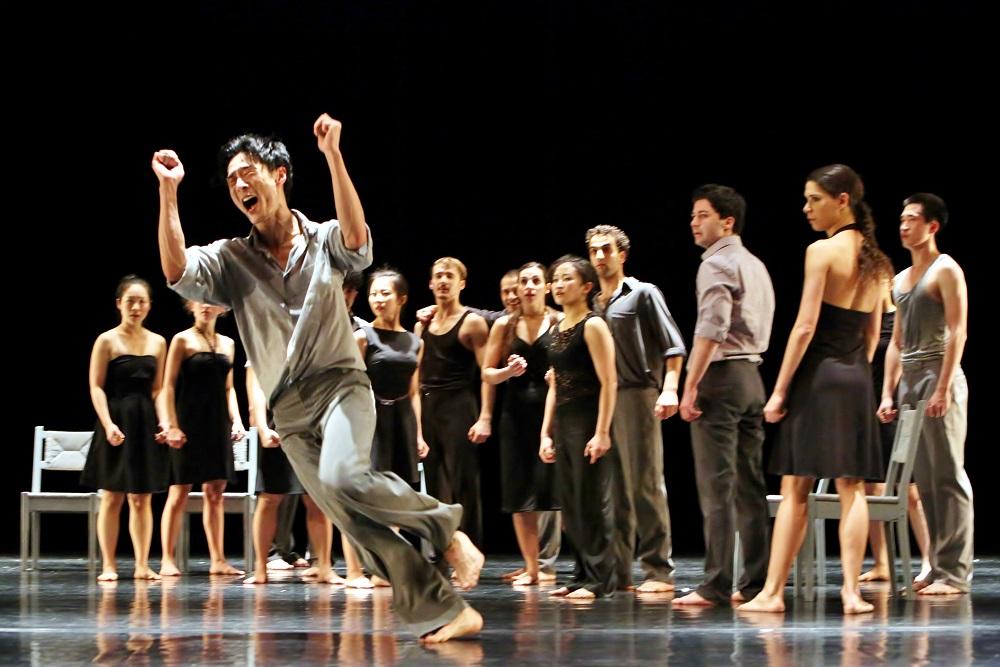
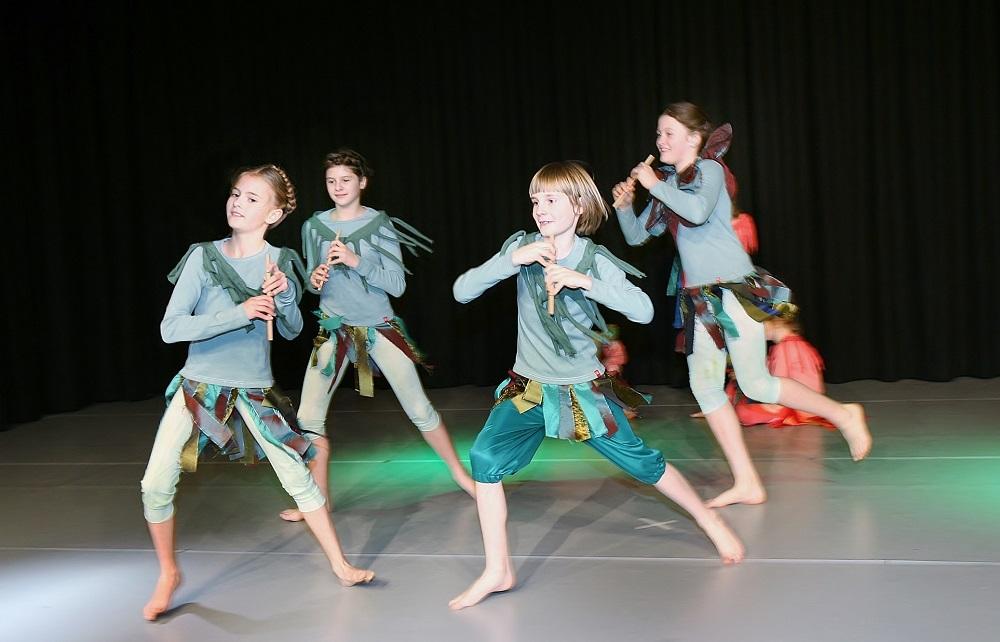
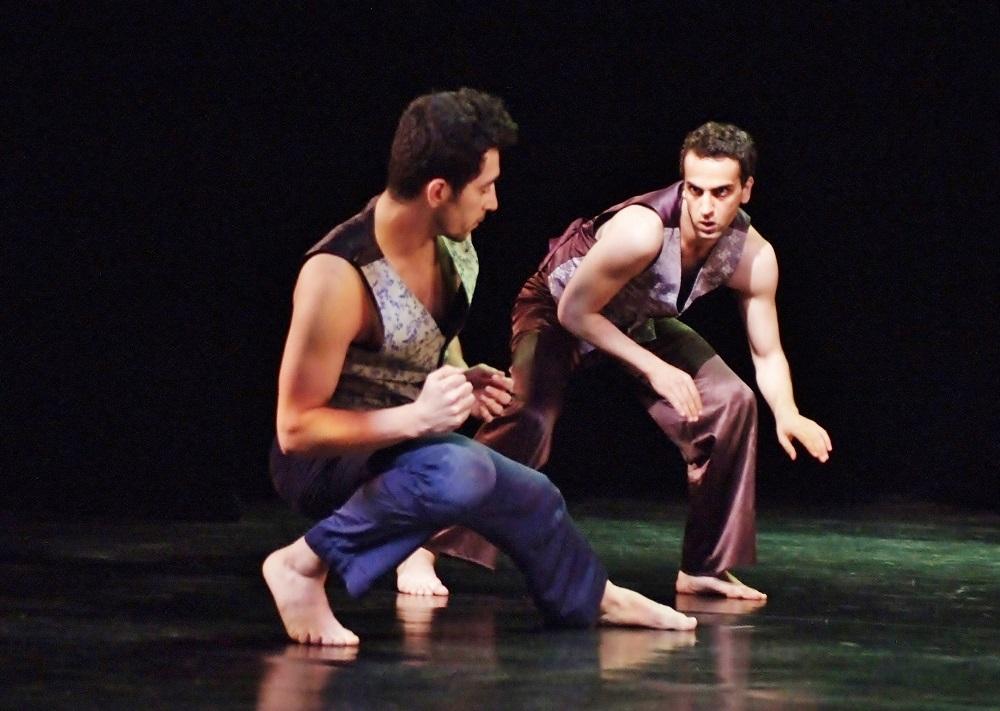
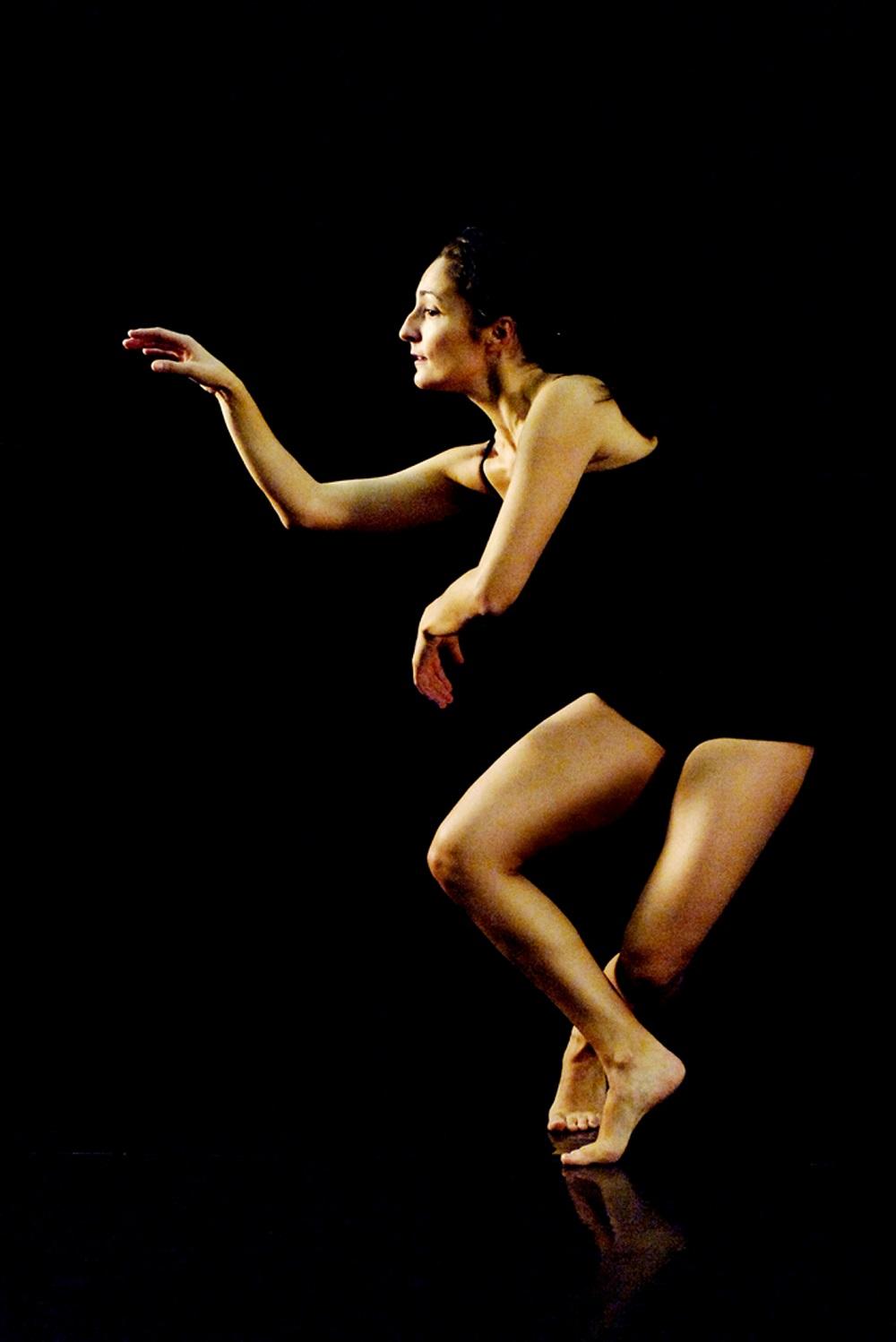
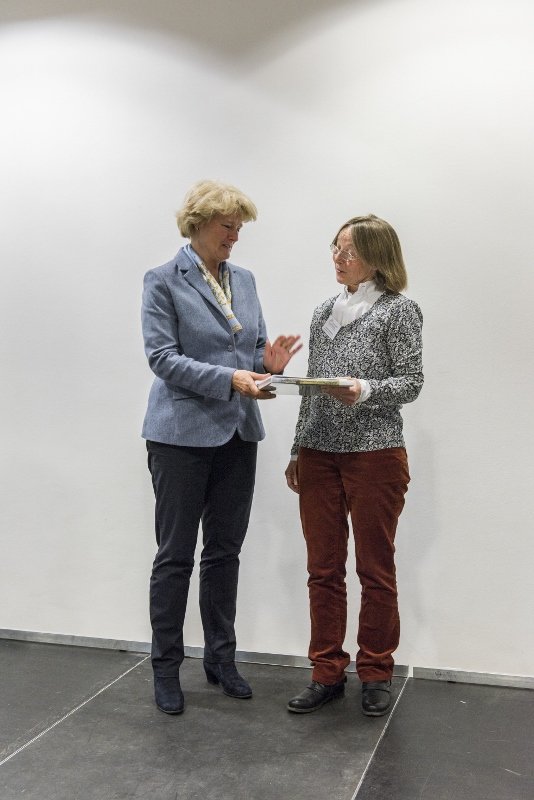
The Central European expressive dance movement revolutionized the stage dance. Its protagonists dedicated themselves to encouraging and educating laypeople, for example in the movement of moving choirs. Through sophisticated methods of body education and experimental-explorative, process-oriented methods of education the varieties of the Modern Dance are still the basis for the contemporary education of dance. The different dance styles of the rhythmic and expressive dance and their education are important in dance formation, especially in the basic formation and the production of modern and contemporary dance choreographies. The active popular cultural commitments and mediation of dance in the modern expressive dance include target groups of all ages. Through the Community Dance program and a variety of cultural-aesthetic projects the Modern Dance shows an integrative capacity. The dance groups are led by dance educators or choreographers who usually teach at schools of artistic dance or dance studios but also at facilities such as youth centres, meeting places, socio-cultural facilities, schools or adult education centers. The “Laban/Bartenieff-Bewegungsstudien” are also used in therapeutic measures.
"The dance has its place in the heart of the convention of the UNESCO Convention, because after all it is a cultural expression of which we ourselves are the material."
Madeline Ritter, Project Manager Tanzfonds Erbe

